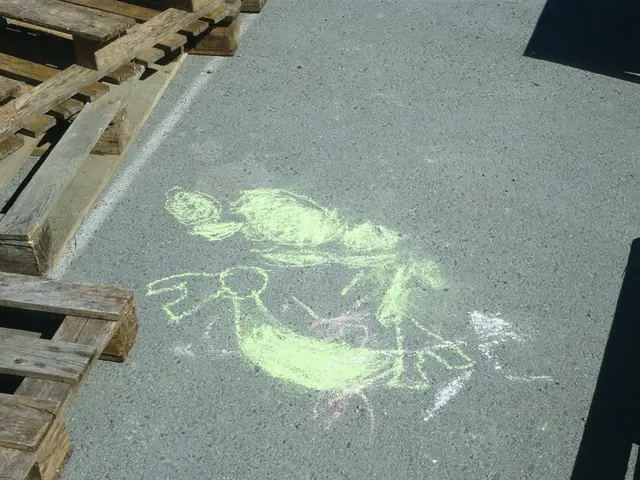Dynamic Gameplay Evolvement: Players Influencing the Game's Virtual Landscape
**Emergent Gameplay: A New Era in Video Game Experience**
In the ever-evolving world of online gaming, a revolutionary concept known as emergent gameplay is reshaping the way gamers interact with their virtual environments. This phenomenon, where complex, engaging, and often unpredictable gameplay experiences arise from the interactions of simple game mechanics, rules, and systems, is quickly becoming the cornerstone of modern game design.
Emergent gameplay is likened to the unpredictability found in classic games like Minesweeper, where the outcome is not predetermined but rather influenced by the players' actions and decisions. This concept, often described as the "whole being greater than the sum of its parts," emphasizes the importance of balance between simplicity and complexity, layering mechanics, and using feedback loops to foster emergent behaviors.
Game designers are recognizing the value of designing games that encourage player-driven innovation. They are focusing on creating flexible game systems that support and encourage player experimentation and creativity. By layering simple mechanics, they can create complex interactions that lead to emergent gameplay. The key principles of emergent game design include creating complex systems and interactions, balancing simplicity and complexity, and encouraging player experimentation and exploration.
Examples of games exhibiting emergent gameplay are numerous. Minecraft, with its sandbox environment, allows players to build and explore, creating a vast array of emergent gameplay experiences. The Sims series offers a simulation of life where players can create their own characters and influence their behaviors, leading to emergent storytelling and gameplay. Dwarf Fortress, a notoriously complex game, showcases emergent gameplay through the interactions between its detailed simulation of dwarven life, the environment, and external threats, often resulting in unexpected and complex scenarios.
Even games initially criticized for their simplicity, like No Man's Sky, have evolved to introduce more complex systems, allowing for emergent exploration and trading strategies in a vast, procedurally generated universe.
Online gaming communities play a crucial role in fostering emergent gameplay. They function like think-tanks, sharing collective intelligence and creative ideas. Players in games like World of Warcraft create their own in-game activities and stories beyond the predetermined storyline, driving game design forward.
The future of emergent gameplay showcases the limitless potential of human creativity in digital spaces. As gamers continue to push the boundaries of what is possible, the landscape of online games will continue to change, ensuring a dynamic and engaging gaming experience for all.
In the realm of modern game design, designers strive to create fledgling games that foster emergent gameplay, drawing inspiration from games like Minesweeper, where the experience is not solely predefined but influenced by players' actions and decisions – epitomizing technology in action.
In this new era of video game experience, gadgets like Minecraft, The Sims, Dwarf Fortress, and even games initially criticized for simplicity, such as No Man's Sky, serve as testaments to the power of emergent gameplay, with layers of simple mechanics resulting in unexpected, complex interactions.







